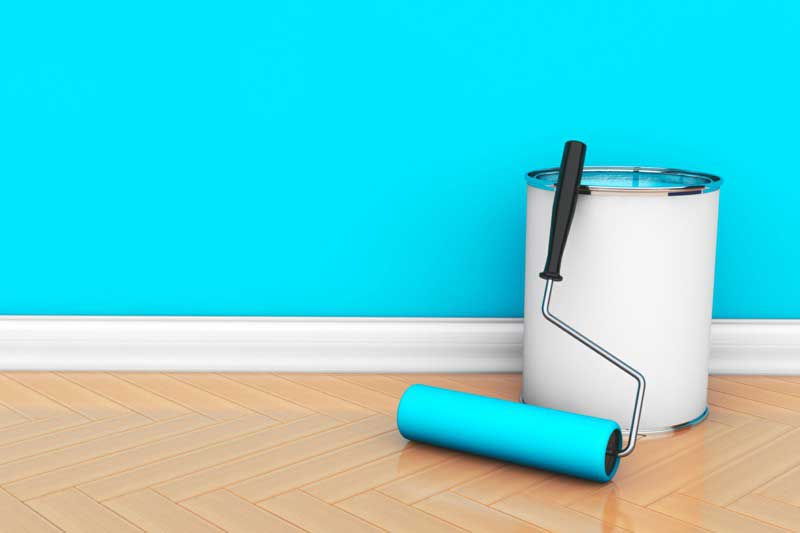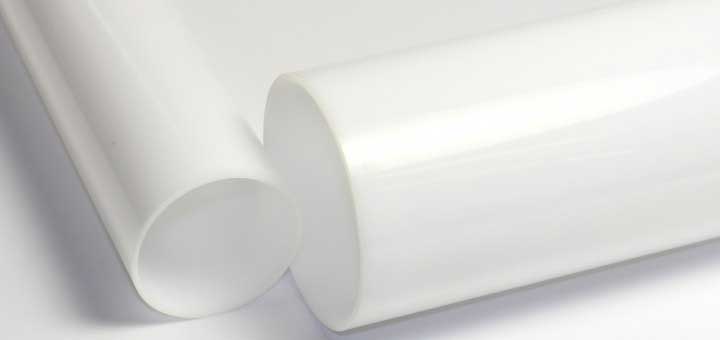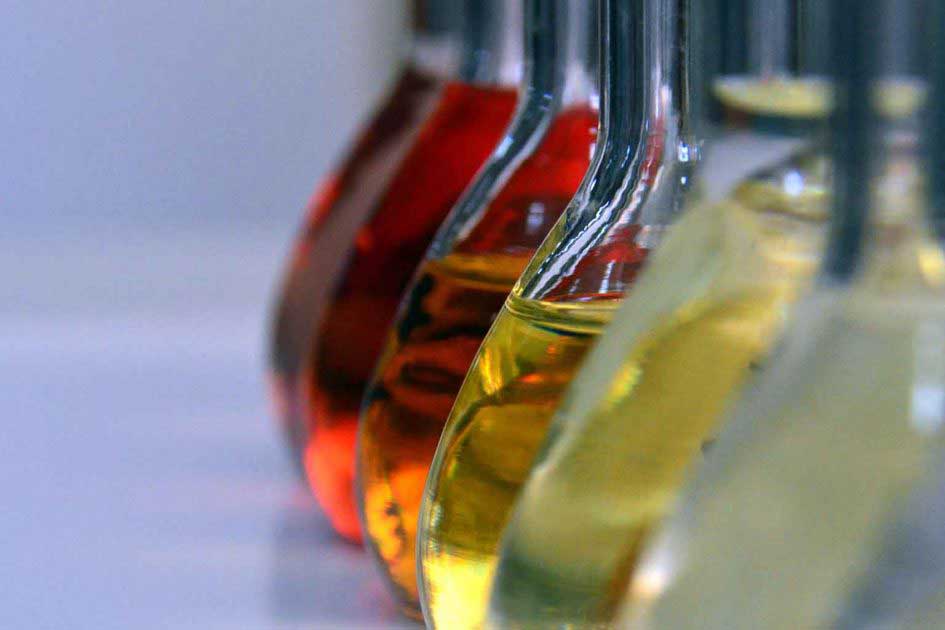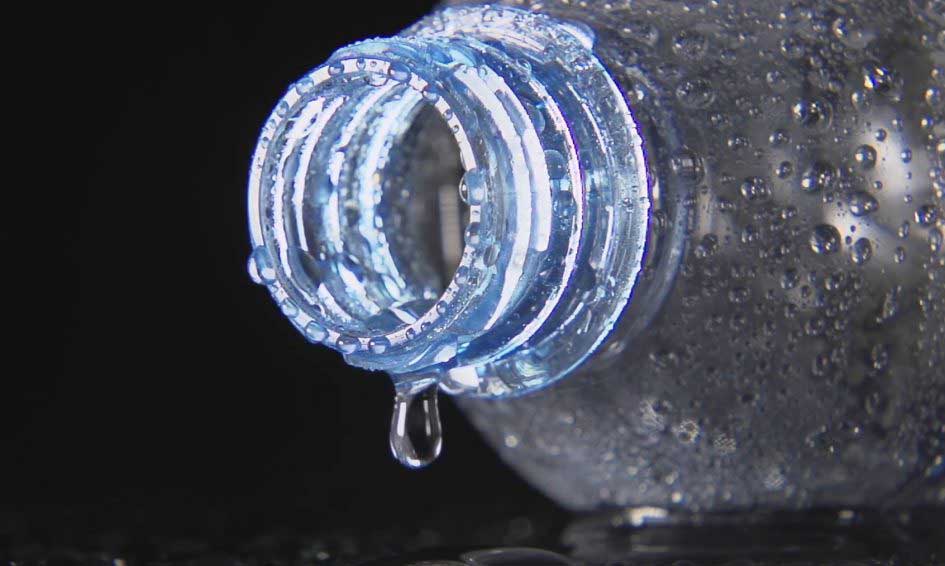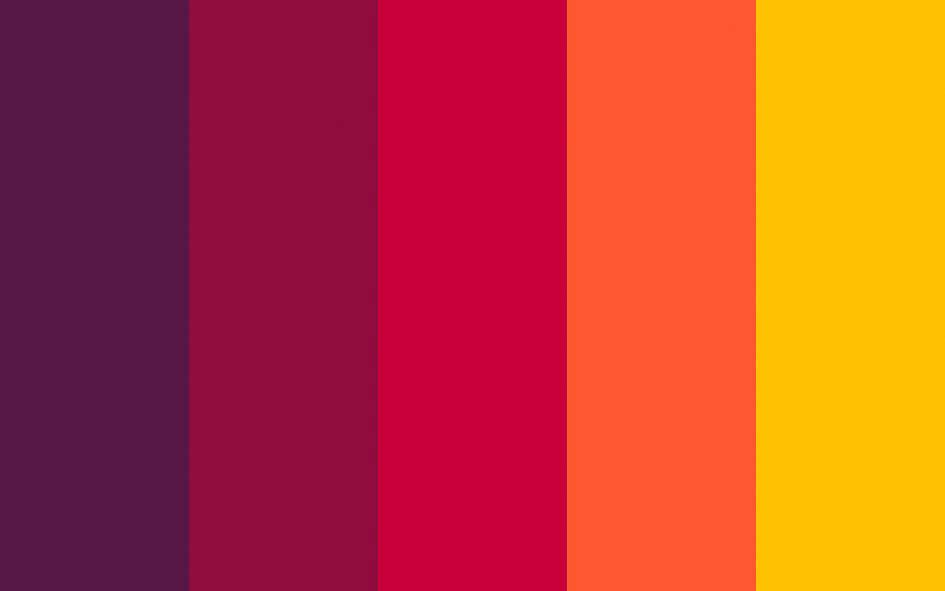In the previous decade, Home Painting websites have been a virtual ocean of greys, whites, and blacks. But with passing time, things changed and something began evolving. From pink shades on walls to profound gem designed kitchen cabinetry, color is returning to the universe of home beautification.
For the paint business, putting color patterns into use isn’t just a question of advancing existing wall paints. Or maybe, many paint producers grow new color palettes both in light of changing patterns and to promote them. This is a great space where one can build up themselves as a pioneer in the field and remaining important in a focused market. In any case, the way toward growing new paint hues isn’t as simple as it might appear; it requires a refined comprehension of color hypothesis and the utilization of front line innovations to make the ideal mixes. Maybe the most critical apparatus accessible for this procedure is the spectrophotometer.
It measure color the manner in which the eye sees it, just better. These instruments are perfect for inspecting the shade of colors, bases, draw downs, and manufactured coatings to guarantee that every segment and phase of the paint manufacturing process is maintaining high quality. By refining shades as per inspected color data, administrators can acquire an accurate comprehension of color quality and conduct. This information can be utilized to generate new tints, recognize color matches, decide paint haziness, and flawless mixtures.
As every single ingredient is mixed in the blended solution, the spectrophotometer will screen how the color is influenced and alarm you when the paint hits your expected tone, enabling you to build up the perfect formula. The trend setting innovation of spectrophotometers implies that you can catch the exact data you require paying little mind to geometric qualities like gleam, guaranteeing that your shade remains precise over your entire production range.
When every color formula has been obtained, the data collection given by spectrophotometric investigation can be used as an instrumental data for continuous color inspection. By estimating each group against the standard, you can rapidly decide if the color falls inside your resilience or not and select or reject the item. The information can likewise be utilized to color matching paint chips and break down paints blended in retail conditions. This guarantees consistency and enables you to just discharge the best items into the commercial centre. When purchasers are on the chase for quite certain shades, this is basic to ensuring what they see is the thing that they get.


